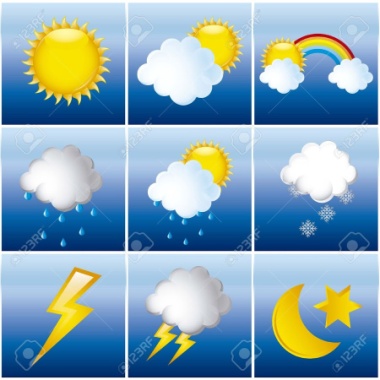|
Beginning of the
lesson
Warming-up

3 min
Pre-learning
«Brainstorming»
method
7
min.
|
Organization moment
:
1.Greeting.
Ask about the
weather.
The teacher sets the lesson
objectives, letting students know what to anticipate from the
lesson.
Warming
up
Where are you
from?
How old are
you?
What color is
it?
How many students
are there in class?
What day of the week
today?
revise the language from the previous
lesson
Lead –
In

|
The aim:
To develop pupils speaking skills and create
friendly atmosphere
Efficiency:
By wishing each other they feel better and feel
the support of others
Students of the class are
listed.
Students' attention is drawn to the
lesson.
•
Learners
talk about daily routines
previous lesson
vocabulary
Determines the topic and purpose of
the lesson
Students say different words from
the picture
|
The teacher to assess learners for
their ability.
“Good job!
Well done!”
Formative
Assessment

Good
job!
Descriptor:
- talk about daily
routines
Point
1
Assessment
criteria
- Learners have met the learning
objectives if they can talk about weather and natural
disasters
|
Pictures
worksheet
Student’s
book
|
|
Middle of the lesson
Presentation part.
30
min
|
Ex:16
P:74
•
Put
the Weather poster up on the board. Point to the items, one at a
time, and say the corresponding words. The pupils repeat, chorally
and/or individually. Point to each item in random order. Ask
individual pupils to name them.
Ex: 17 P:
74
•Read aloud the example and explain the activity.
Explain that the dialogues are clues to find the correct answer. Go
through the sentences and elicit/explain any unknown words. Allow
the pupils some time to complete the activity. Check their
answers.
Ex: 18 P:
75
•
Briefly revise the modal can. Explain that it is
the same for all persons. Then, say and write on the board: Can you
close the door please? Yes, I can. The pupils repeat chorally
and/or individually. Underline the word in bold and explain that we
use can for requests. Then, say and write on the board: Can I go
out, dad? No, you can't. The pupils repeat chorally and/or
individually. Underline the word in bold and explain that we also
use can to ask for permission.
Go
through the Study spot section briefly. Read the example and
explain the activity. Go through the prompts and elicit/explain any
unknown words. Allow the pupils some time to complete the activity.
Check their answers.
Ex: 19 P:
75
Read aloud the example and explain the activity
Allow the pupils some time to complete it. Check their
answers.
Conclusion during the lesson some tasks differentiated by
outcomes of the students and by their
abilities.
|
Pupils look, choose and write. Then listen
and check.
ANSWERS
B avalanche
C storm
D flood
F tornado
E hail
Pupils match the short dialogues to
some of the words
ANSWERS
2
flood
3
avalanche
4
hail
Pupils make sentences.
ANSWERS
2
Can you send an email for me, please?
3
Can you close all the windows, please?
4
Can we leave early?
Pupils complete. Then act
out
ANSWERS
2 Yes, you
can.
3 No. you
can't.
4 No, you
can't.
|
Descriptor:
-repeat, chorally and/or
individually
-Ask individual pupils to name
them
Total: 2 point

Descriptor:
-Read aloud the example
-match the short
dialogues
Total: 2 point
Descriptor:
-make sentences.
-
underline the word in bold
Total: 2 point
Descriptor:
-
read aloud the example
-
act out
Total: 2 point
-Make CCQ questions Yes /
No
Total: 10
point
|

Card
Worksheet
Students book
|
























